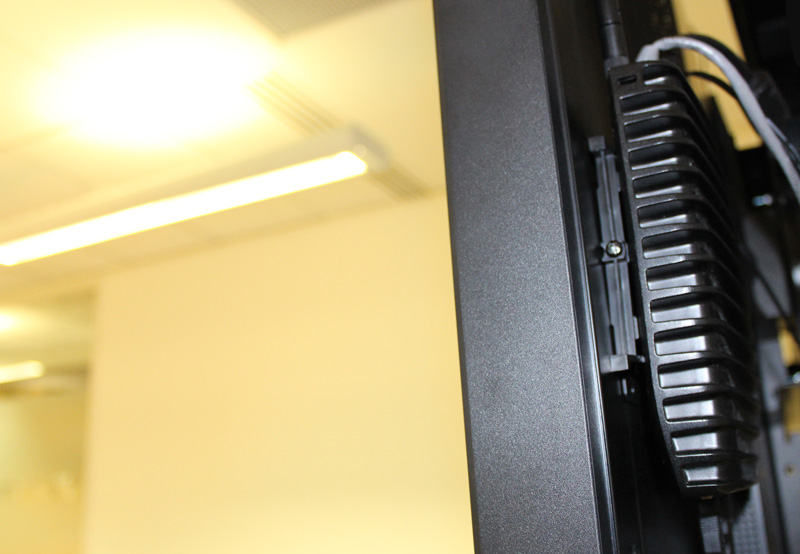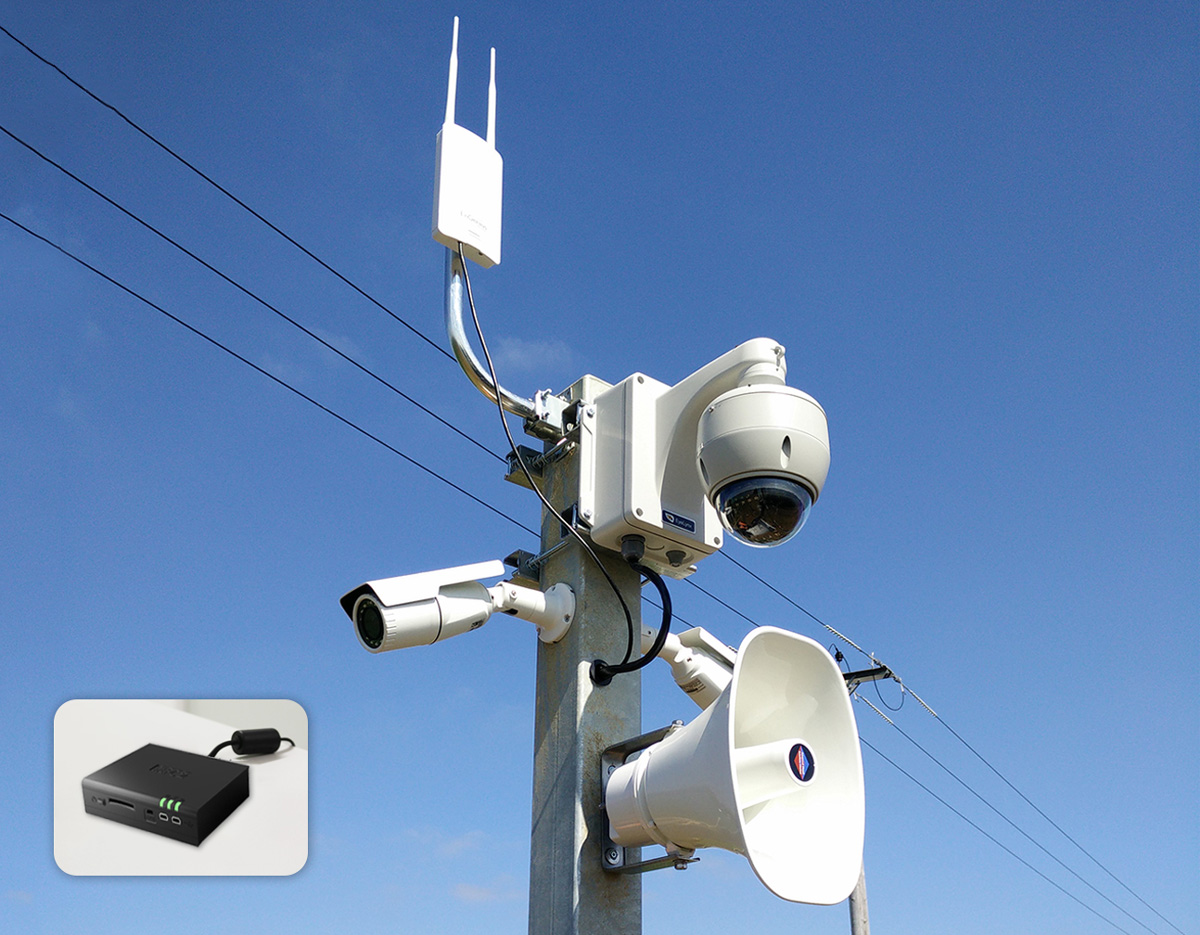Does My fanless PC Need To Be Kept Cool?
May 20, 2016With power consumption of just 6W – 25W, fanless PCs really don’t generate a lot of heat. Most are specified to withstand temperatures of up to 70 deg C and usually you don’t need to worry about cooling at all. The air around the PC will comfortably dissipate the low levels of heat generated by the PC even when it is working hard.
However, if a PC is installed in an enclosed space (inside a CCTV camera or behind a digital signage screen for example), then you may need to provide a way for the small amount of heat generated to be dissipated. Tempting though it might be to add some sort of fan, that does rather negate the advantages of fitting a fanless PC, so here are five design tips to consider.

IntensePC mounted using our VESA mount bracket behind a 65' touch display in our conference room.
Our 5 Design Tips
1. Think about the placement of the PC. If you can use vented case covers, place the PC next to the apertures, and if you can leave some space around it to permit air flow. Attach the PC to the case so that it acts as a heat sink.
2. Route cables out of the way so as to not block airflow, and tie them to keep them in place.
3. Think about dust build-up. A layer of dust can be a good insulator, and can block airflow. Make cleaning the inside of the case part of the regular service and maintenance schedule. A dust filter on the case apertures can help in dirty environments.
4. Use suitable mounting brackets to install the PC below, if possible directly beneath, any ventilation apertures. We have a great range of mounting brackets that we recommend for our PCs.
5. Specify a PC with a SSD. Solid state devices will work reliably in extreme temperatures, unlike HDDs which are very susceptible to temperature changes. Continuous high temperatures can even reduce their lifetime.

FitPC2 is small and rugged enough to fit in this camera case.
Obviously keeping the overall power consumption down is the best way to prevent heating, so read our next Knowledge Base entry about the best way to reduce the power consumption of your system.
 Part of
Part of